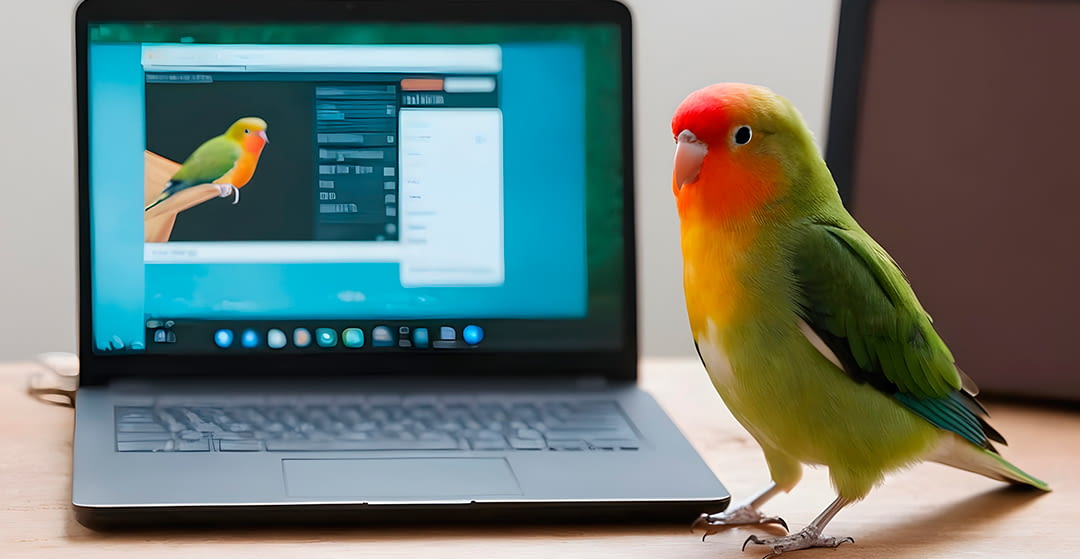
A research team led by the National Museum of Natural Sciences (MNCN-CSIC) and the Royal Botanical Garden (RJB-CSIC), both affiliated with the Higher Council for Scientific Research (CSIC), has carried out an exhaustive examination of the sale of birds through various social media platforms.
The results of this study, published in the magazine Ardeola, have highlighted Facebook as the main social network used for these transactions. Furthermore, it has been highlighted that some of the species traded do not comply with the regulations established for trafficking in species, which poses a potential risk for the conservation of these animals and the places where they live.
Researcher Mario Díaz, from the MNCN-CSIC, highlights the growing incidence of online species trafficking and the importance of paying attention to the types of animals traded, particularly on social media platforms. On the other hand, Nura Elkhouri-Vidarte, researcher at RJB-CSIC, explains that the study focused on birds to examine the magnitude of their sale in Spain and its relationship with the popularity of each species.
THE NETWORKS: TWITTER (X), FACEBOOK, YOUTUBE AND INSTAGRAM
Over the course of a year, posts related to the sale of birds on four prominent social networks were analyzed: Twitter (X), Facebook, YouTube and Instagram.
The results revealed a total of 11,332 posts offering 313 different species of birds, thus confirming Facebook as the most used platform for this purpose. A direct correlation was observed between the number of sales of each species and its popularity, especially highlighting the Psittaciformes (parrots and cockatoos) and the Passeriformes (sparrows, canaries and goldfinches), due to their visual and vocal appeal.
The findings of this study are of great relevance for the identification of the risks associated with the commercialization of animals online, since species that are protected, in danger of extinction or considered invasive have been observed.
Laura Martín Torrijos, researcher at RJB-CSIC, highlights the importance of monitoring these activities on social networks in order to establish appropriate conservation measures. This information is crucial to anticipate and mitigate the negative impact of species sales on conservation.
"The increase in online species trafficking forces us to pay special attention to the type of animals that are traded, especially on social media platforms," says Mario Díaz, researcher at the MNCN-CSIC.
Source Link: especiespro.es



